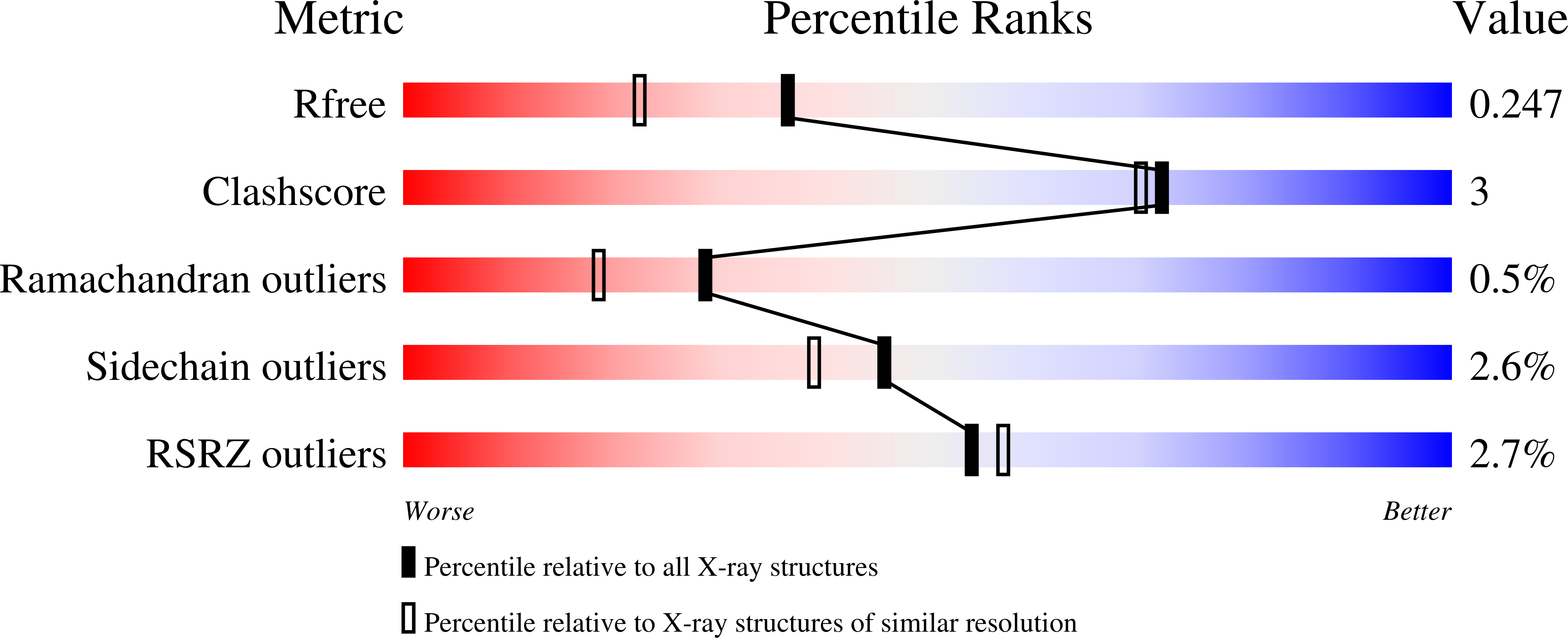
Deposition Date
2020-07-24
Release Date
2021-04-14
Last Version Date
2024-11-20
Entry Detail
PDB ID:
6ZVF
Keywords:
Title:
Crystal structure of the recombinant Fab fragment derived from the hybridoma M3/38 in complex with a human Galectin-3 peptide
Biological Source:
Source Organism:
Rattus norvegicus (Taxon ID: 10116)
Homo sapiens (Taxon ID: 9606)
Homo sapiens (Taxon ID: 9606)
Host Organism:
Method Details:
Experimental Method:
Resolution:
1.90 Å
R-Value Free:
0.24
R-Value Work:
0.20
R-Value Observed:
0.20
Space Group:
C 1 2 1


